Xi Shi, Wen Dan, and Long Dan – Three Round Teapots
In the vast array of zisha Teapot shapes, many have evolved from each other, leading to a great deal of similarity among various designs. Many enthusiasts often confuse them, with the most typical examples being the “Xi Shi,” “Wen Dan,” and “Long Dan” round teapots.
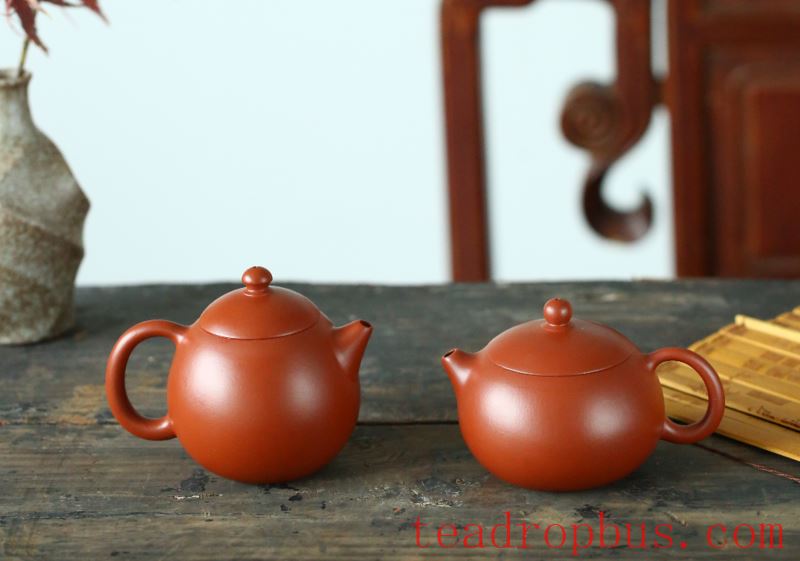
For example, can you identify which one it is based on the image above? We'll reveal the answer at the end of this article.
Long Dan
The shapes of the Xi Shi, Wen Dan, and Long Dan teapots are extremely similar, with the Long Dan being the earliest. The Long Dan is an ancient style of teapot, as described by Wu Meiding in his “Yangxian Minghu Fu” (Elegant Teapots of Yangxian): “Round ones resemble balls, slightly elongated as Long Dan.” It is said that Ming dynasty master Dabin created this design.
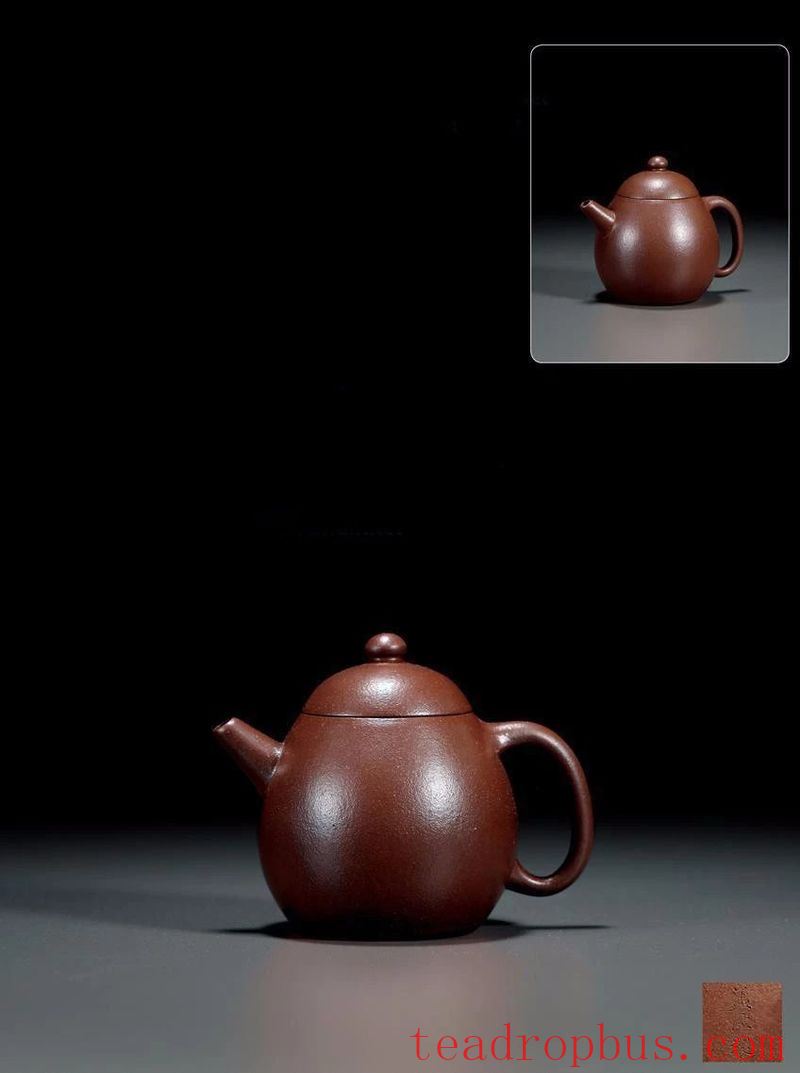
▲ Qing Dynasty Long Dan Teapot
The Long Dan shape carries the style of the Ming dynasty, pursuing naturalness, robustness, and simplicity. This is an early Qing dynasty piece with a straight spout, steady and practical.
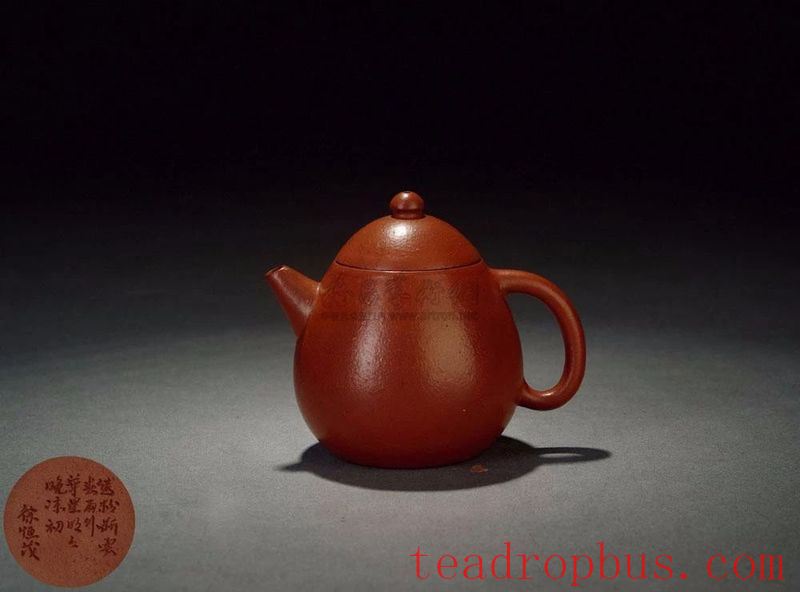
▲ Qing Dynasty Long Dan
This is a mid-to-late Qing dynasty piece, with a modified spout. It is a classic design that has been passed down to the present day. The spout is shaped like a triangular cone, thicker at the base and significantly narrower at the tip. The handle is large and drooping, harmonizing with the body of the teapot.
Characteristics of the Long Dan: The body is a distinct oval, the spout is long and protrudes clearly from the body, thicker at the base. Both upright and inverted handles are common.
Wen Dan and Xi Shi teapots are variations derived from the Long Dan design.
Wen Dan
The Wen Dan is short and round, its name evoking the shape of a pomelo fruit. Its lines are understated and elegant, with a scholarly air. The body is shorter and plumper, the spout is round and integrated into the body, the knob is flat and bead-like, and the handle is full-bodied, with an inverted design.

▲ Qing Dynasty Wen Dan
As for their representation of form and essence, they are refined and unique; they rival the beauty of women and the grace of Xi Shi – this describes the Wen Dan teapot.
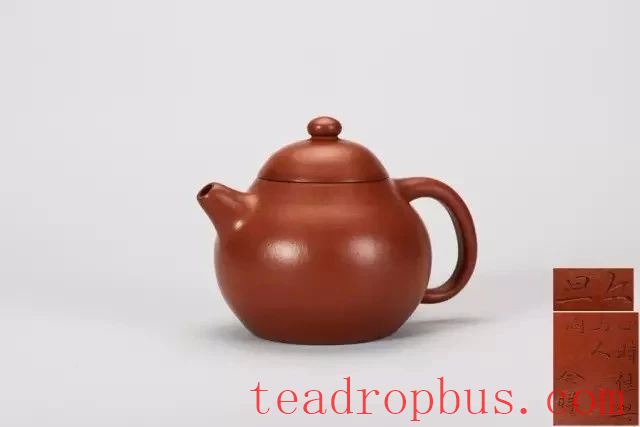
▲ Qing Dynasty Wen Dan
Characteristics of the Wen Dan: More rounded than the Long Dan, the body has clear curves, and the spout and handle are often inverted and wide and long.
Xi Shi
The Xi Shi teapot, a classic shape, also evolved from the aforementioned designs. The body is plump, with a flush lid, short spout, and inverted handle. It is charming and delicate.

▲ Qing Dynasty Xi Shi
The earliest Xi Shi teapots were not as full and round as they are today but had a slight curve. Let's appreciate some early Xi Shi works.
This is a Qing dynasty Xi Shi made from red clay, marked with Mengchen's seal. The body does not have the pronounced curves of the Wen Dan, the spout is similar, but the inverted handle is smaller.

▲ Xi Shi by Gu Jingzhou
This is a Xi Shi teapot crafted by Mr. Gu Jingzhou, showing that the Xi Shi of that time was somewhat different from what we see today.
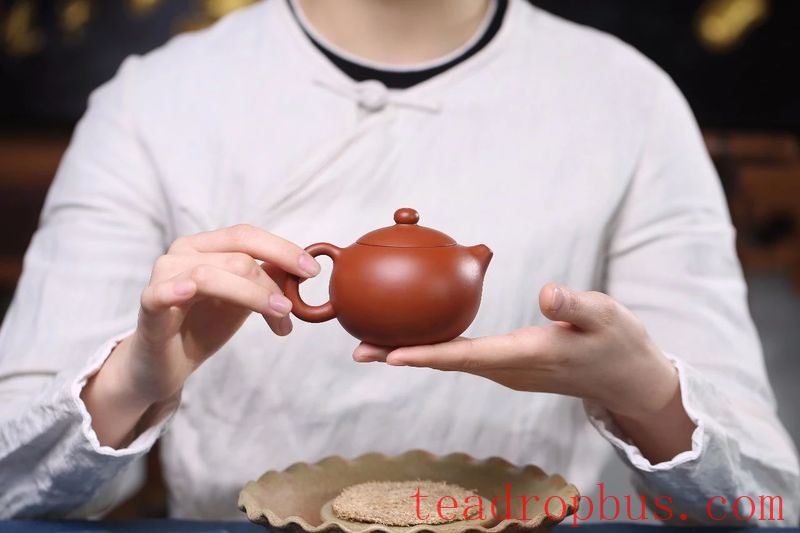
▲ Contemporary Xi Shi Teapot
Characteristics of the Xi Shi: Compared to the Wen Dan and Long Dan, the body of the modern Xi Shi is even more plump and round, the spout is shorter, and the inverted handle is smaller than that of the Wen Dan.
We can summarize the differences between the three as follows:
1. The Long Dan's body resembles an egg, oval-shaped, with a longer spout and both upright and inverted handles.
2. The Wen Dan's body is shorter, with pronounced curves, often featuring a larger, longer inverted handle.
3. The Xi Shi's body is nearly round, typically with an inverted handle that is smaller.
The teapot shown at the beginning of this article is a “Wen Dan” teapot crafted by a contemporary zisha artisan. Although the body doesn't have pronounced curves, the handle is notably long, while the Xi Shi is more petite.
That concludes our discussion on the differences between these three. Hopefully, this helps those who may be confused about these teapots.
If there are any copyright issues, please contact us to remove the content.